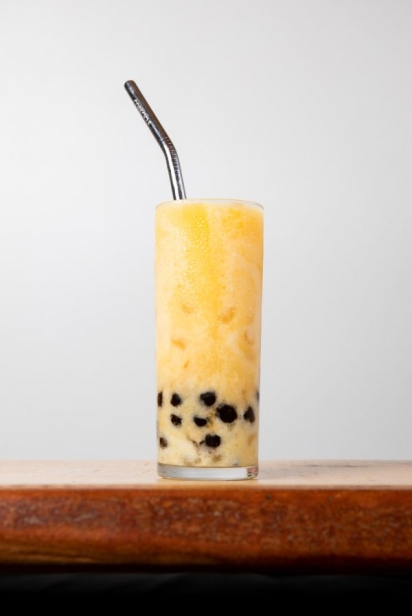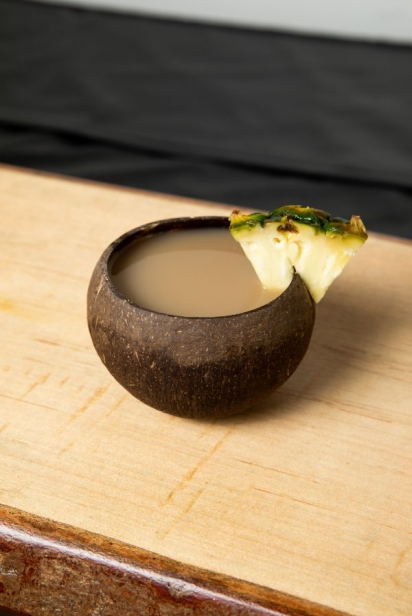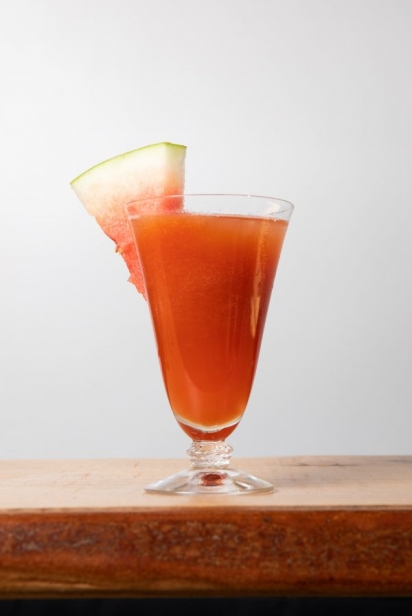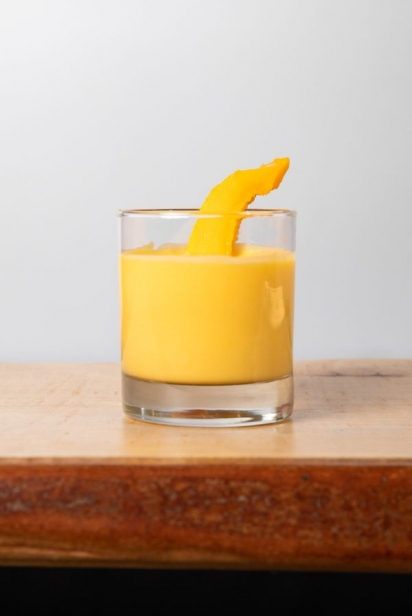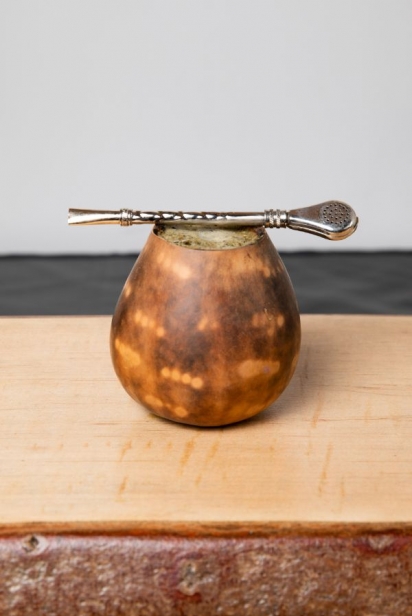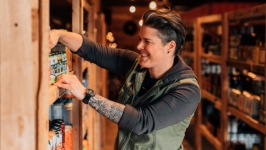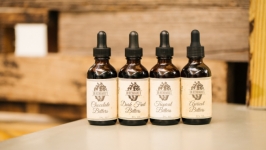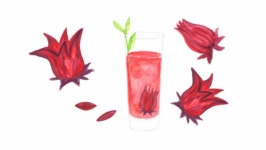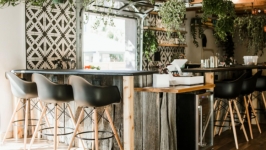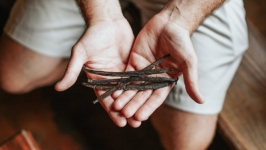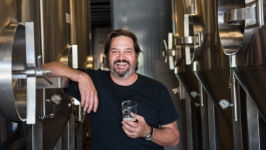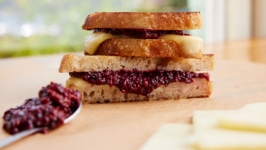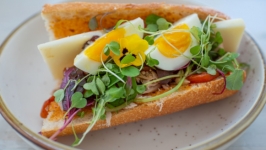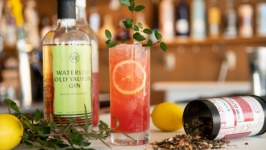Take a Sip Trip Around the World
Looking for a taste of far-off places? Go beyond the plate when you’re sampling global cuisines and explore distinctive drinking cultures found in other countries. As with regional dishes, beverages often reflect traditions or ingredients specific to an area and provide insight to local life. Whether you are venturing to foreign lands or enjoying meals from local restaurants, here are some drinks to sip while on your culinary journeys.
BUBBLE TEA, TAIWAN
Also called boba, this variation on milk tea was created in Taiwan, and has since become popular around the world. Milk tea was a common beverage in Taiwan, while tapioca and shaved ice were often served as dessert. In the 1980’s tearoom owners had the idea to combine all three, and voila – bubble tea was invented. There are endless variations and flavors to be found at area bubble tea shops. The most frequently found version includes a tea base mixed with milk or fruit served over a bed of sweet boba pearls. The name boba refers to the black or white tapioca balls, or pearls, one of the key components of bubble tea. (Fun fact: Tapioca comes from the cassava plant which was brought to Asia from South America by way of Spanish and Portuguese traders.)
Pictured: Mango Bubble Tea from Tutem Tea
KAVA, PACIFIC ISLANDS
The drink starts with the dried root of Piper methysticum, a plant in the pepper family grown on South Pacific islands, including Hawaii, Vanuatu, Tonga and others. Kava is the national drink of Fiji, where it is referred to as “grog,” and is traditionally served in the half-shell of a coconut. The preparation is simple: mix ground or powdered kava root with warm (not hot) water and strain well. Serve warm or chilled. While kava is not an alcoholic drink, it is psychoactive, similar to coffee and tea, and may be mood-altering. Those who extol the benefits of this beverage describe a sense of relaxation and reduced anxiety after sipping on some kava, while in many cultures extracts from the roots are used for traditional medicine purposes. Kava has an earthy flavor and can produce a numbing sensation on the lips and tongue.
Pictured: Kava from Wildcrafters
AGUA FRESCA, MEXICO & CENTRAL AMERICA
The name is Spanish for "fresh water" or “cool water.” This non-alcoholic beverage is made from fruit, flowers, vegetables or seeds blended with sugar and water. Popular flavors include flor de Jamaica (made using hibiscus flowers), rice-based horchata and tamarind. Though almost any fruit can be used, melon, papaya, mango, pineapple and cucumber are common ingredients in agua fresca. This is a liquid getaway to make at home with seasonal fruit, water, a bit of sweetener and a splash of lemon or lime juice. Blend until smooth, strain and adjust sweetener to taste.
Pictured: Pineapple-watermelon-papaya Agua Fresca from Chancho King
LASSI, INDIA
Lassi is the perfect accompaniment when you’re partaking in the rich, spicy flavors of Indian food. A thick, creamy beverage similar to a smoothie, it has a yogurt base typically combined with milk or water and flavorings, depending on whether it is salty or sweet. Salty lassis are on the savory side, made with a variety of spices, while cool and refreshing sweet lassis include various fruits (often mango) in addition to spices. Traditionally, lassi is served in a clay cup called a kulhar, and extra malai (clotted cream) may be spooned on top before serving.
Pictured: Mango Lassi from Backyard Buffalo
YERBA MATE, SOUTH AMERICA
First consumed by the indigenous Guaraní and Tupi people of southern Brazil and Paraguay, this strong, bitter and earthy beverage is made from the naturally caffeinated leaves of a native species of holly tree, Ilex paraguariens, found in the South American Atlantic rainforest. Translated literally, yerba mate means the "gourd herb" – the herb one drinks from a gourd. Partaking in yerba mate is a social activity which includes traditional brewing practices and drinking rituals. First, fill a wooden gourd with dried leaves, cover it with your hand and shake the gourd to release any dust. Add hot water slowly. Sip using a straw called a bombilla. When drinking in a group, pass the gourd to your right so others can sip until all the hot water has been used up. Someone in the group is designated the “leader” and will add more water as needed. First-time sippers take note: yerba mate is highly caffeinated and may take some getting used to (remember your first taste of coffee?).
Pictured: Gourd and bombilla from Cultivate Tea and Spice



